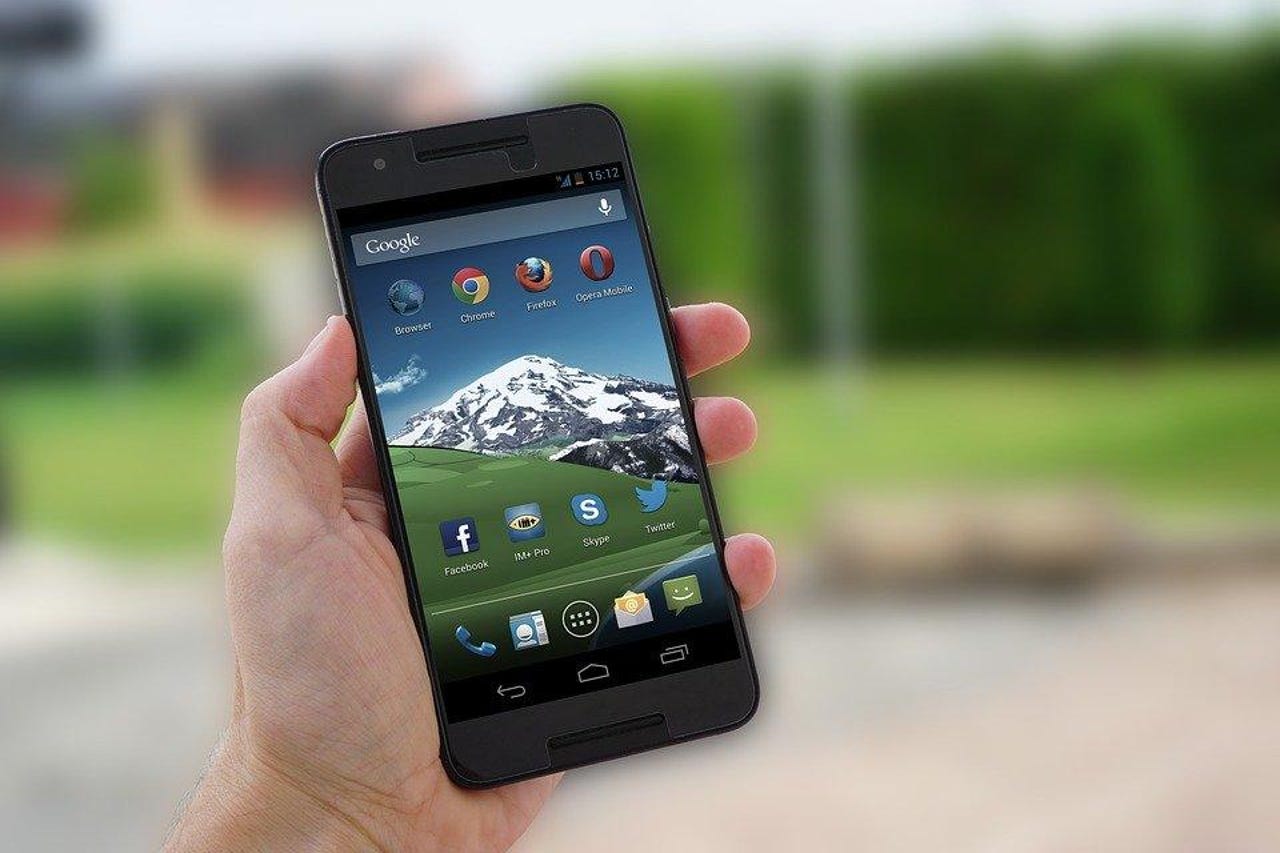Robocalling is out of control. Can an app help?


As a journalist it sometimes feels like I talk on the phone for a living. And still, somehow, the number of robocalls I receive outnumbers my inbound work calls.
By a lot.
I'm hardly alone. Robocalling is a crude trick telemarketers, politicians, and scam artists (redundant?) use by employing auto dialing software to deliver pre-recorded messages. The effectiveness of the messages vary widely. Some start out sounding like a confused person in need of help, luring the recipient into engaging. Others begin barking offers from the word "hello?."
How pervasive is the problem? In the U.S., the calls increased by billions in 2019 for the third consecutive year. In fact, according to the YouMail Robocall index, the 11 months between January and November saw more than 50 billion auto-dialed calls. Combined with an alarming increase in spoofing, which is the act of disguising a number to appear to be the number of someone else, often a trusted contact of the call recipient, this is a serious problem.
In late 2019, President Trump signed TRACED, the first federal anti-robocall law. The law should give the FCC and carriers new tools and resources to fight robocalling.
Unfortunately, the nature of robocalls makes them difficult to squash. But technology might provide some relief.
Both iOS and Android offer similar "block" features to keep specific numbers from calling. That might be helpful in the case of a persistent caller who doesn't change up their number. Unfortunately most telemarketers control large blocks of numbers in order to avoid detection.
Most carriers offer call blocking apps. Verizon, for example, offers Verizon Caller Name ID. It costs users around $3 a month per line, which is a bummer. But the app does a decent job. Depending on your device, you can have suspicious calls routed directly to voicemail or choose risk filters to weed out probable robocallers.
AT&T offers the Mobile Security & Call Protect Plus app, which is a little more expensive than Verizon's offering. With the AT&T app there's a setting to avoid hearing suspicious calls or voicemail notifications from suspicious numbers altogether, although that may be putting too much faith in the technology for many people's comfort.
One popular third-party app is RoboKiller, available for iOS and Android. Like other third-party apps, the company keeps a large registry of suspicious numbers. When a number on the registry tries to dial you, the app sends the call to voicemail and users receive a notification. RoboKiller costs about $20 per year. A free alternative is called Hiya.
For a more comprehensive list of third-party apps, check out this excellent post by my colleague Steven J. Vaughan-Nichols (no relation).
And then there are entirely new solutions. One novel remedy comes from MobiLine, a New York mobile tech startup that's created a video caller I.D solution. Callers can add a short personal video message to important outbound calls. The call recipient sees and hears a familiar face before deciding to answer the call or sending to voicemail.
Which underlines an important takeaway in the battle to keep inbound calls authentic. At least with current technology, it's always going to be a race to stay ahead. Federal law or no, robocalls won't be stopping anytime soon.